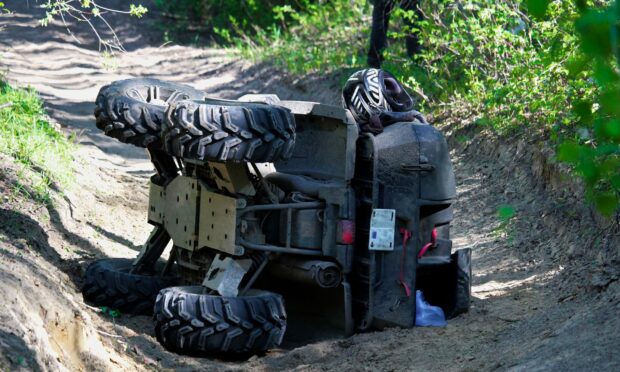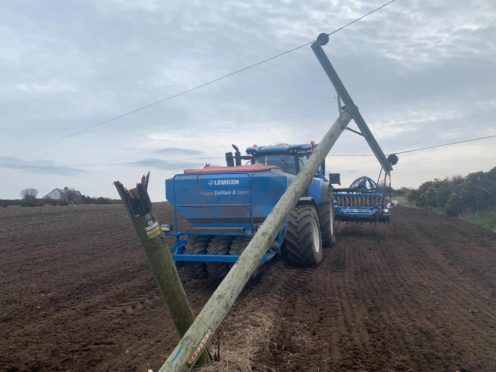Agricultural and rural settings present significant health and safety risks, which must be carefully managed and mitigated by employers and landowners operating in the sector.
The Health and Safety Executive’s (HSE) annual report into workplace fatal injuries disclosed that, of the 123 workers killed in work-related accidents across the United Kingdom in 2021-22, 22 deaths occurred in the agriculture sector.
Only last month, a teenage farmer was killed in an accident involving a bale-wrapping machine.
Several court prosecutions best illustrate breaches of health and safety matters since the start of the year
An 83-year-old man was trampled and killed by cattle while following a public right of way across a farm with his wife, who also suffered serious injuries. The cattle were with their calves, which greatly increased the risk posed to any members of the public accessing the field. The farmland’s owner was sentenced to a 12-week suspended prison sentence and ordered to pay a £878 fine, plus £7,820.30 in costs.
In March, a farmer was prosecuted after his four-year-old nephew was run over after falling from a farm vehicle. Children under 13 are prohibited from riding on, or operating, vehicles used in agricultural operations. The farmer pleaded guilty to a breach of the 1974 Act. He was sentenced to a 26-week prison sentence (suspended for 18 months), a community order (which included 250 hours of unpaid work), and ordered to pay costs of over £5,000.
An auction mart was also prosecuted and fined after a dairy bull they were helping to load onto a lorry fatally injured an employee. During the investigation, it was identified there were insufficient barriers for those handling livestock to shelter behind if the animals became unsettled. The firm was fined £18,000.
Given the number of fatal and non-fatal injuries to employees across the agricultural, fisheries and forestry sectors it is vital that those operating within this sector are aware of the risks involved, and do everything in their power to prevent finding themselves in breach of health and safety regulations.
The Health and Safety at Work etc. Act 1974 sets out a number of duties applicable to all employers, including those within the agricultural sector. Employers owe a duty of care to their employees and to “persons other than their employees”, i.e. the general public.
While the duties owed to employees are more specific, a general duty is owed by employers/landowners not to expose the general public to any health and safety risks.
Duty
This duty imposes a broad requirement on farm owners to ensure no part of their property poses a health and safety risk to the public. A number of risks can arise from public access to farmland.
Landowners should conduct a regular assessment of the risks relevant to their land and any necessary mitigations that should be undertaken to prevent the public from coming to harm.
It is evident from the HSE’s statistics that the main causes of accidents within the agricultural sector can be categorised as follows: slips, trips and falls, particularly from height; injury caused by livestock; injury caused by contact with farm machinery; and/or being struck by an object, either moving or stationary (including being struck by a moving vehicle).
Land managers should not be lulled into a false sense of security or complacency, or adopt an “it won’t happen to me” mentality. Nor should the isolated or remote nature of the work mean greater risks are accepted “just to get the job done”. There are relatively simple actions they can take to reduce the risk of injury.
Insurance
There are also implications for insurance cover where risk has not been managed effectively. Plainly, the emphasis must be on the effective management of risk. However, it is obvious that lessons are not being learnt in the agricultural sector in the same way that they are in other industries.
Hamish Lean is a partner and head of rural property at Shepherd and Wedderburn

